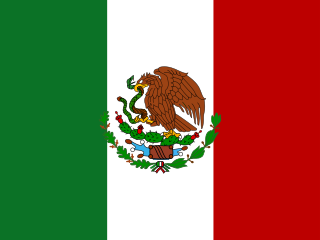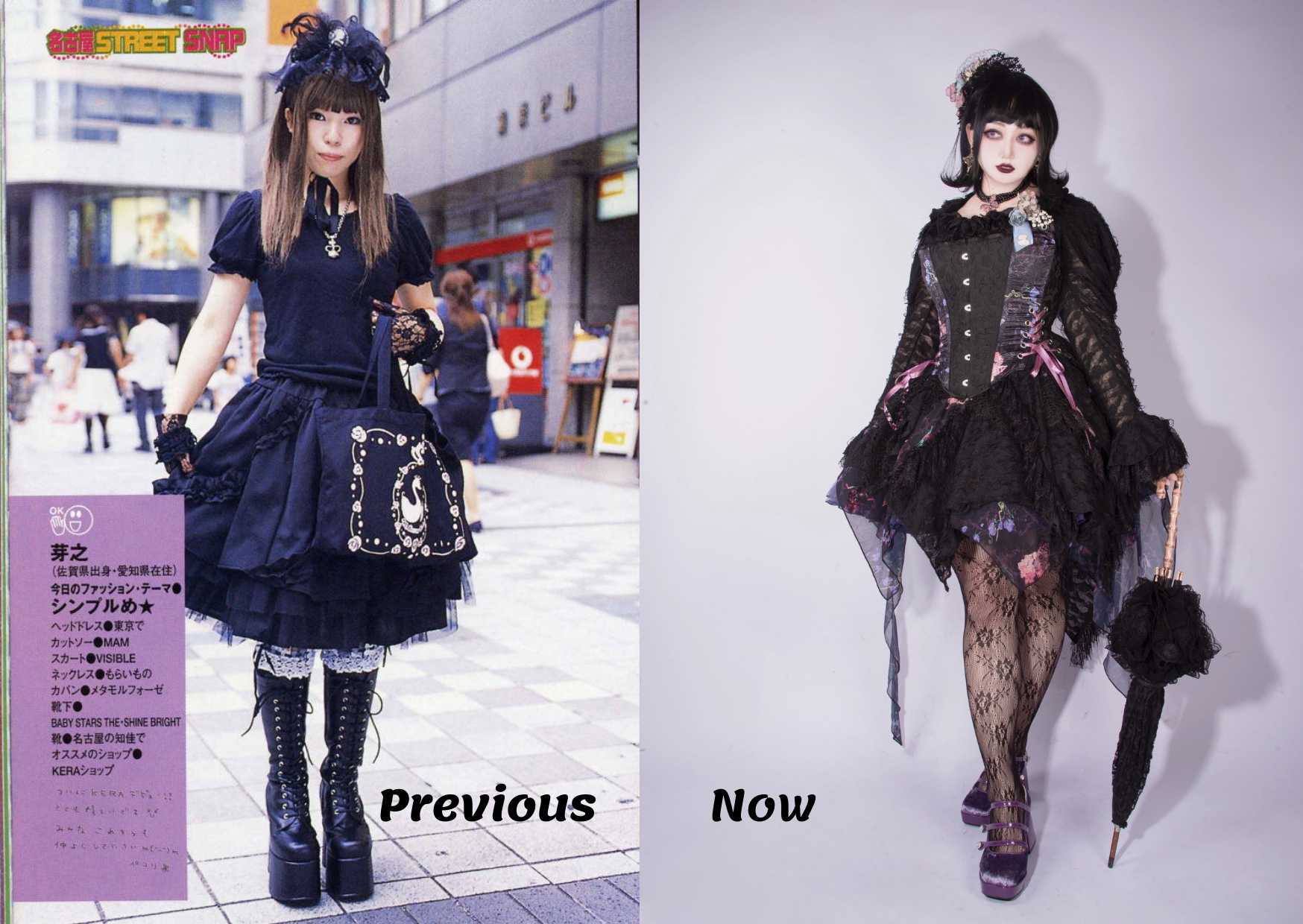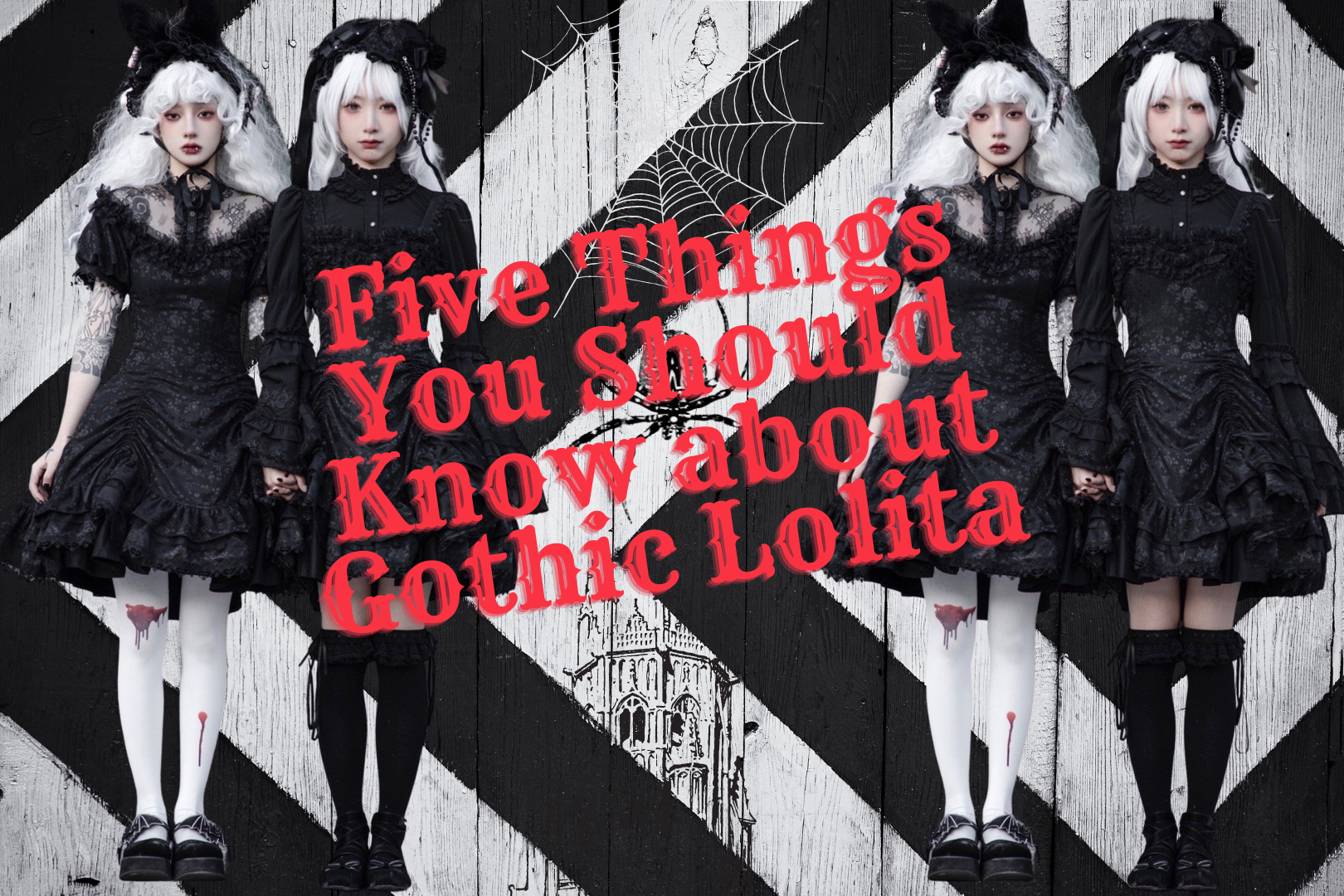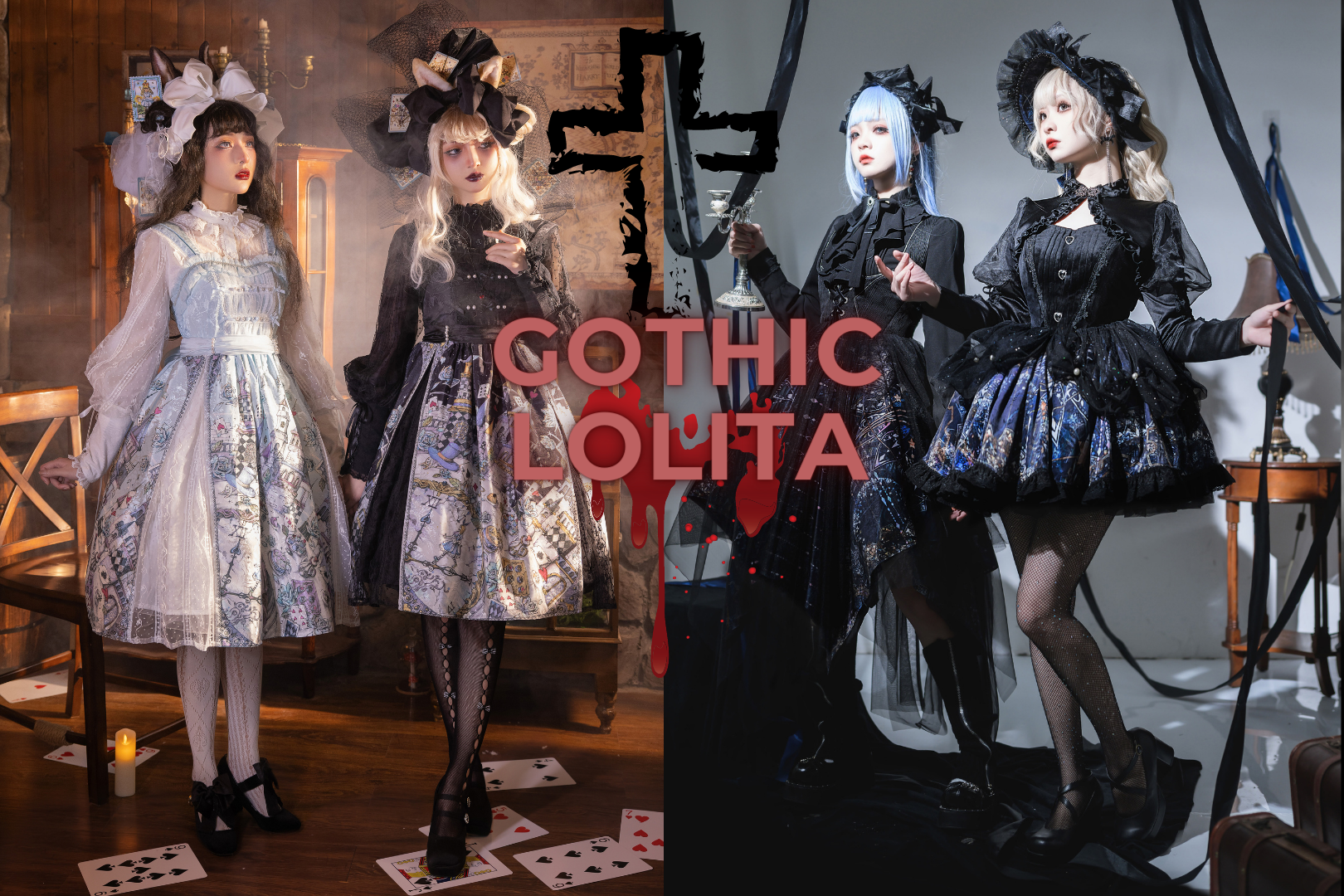
Gothic Lolita (ゴスロリ) is a substyle of Lolita fashion. It was generally thought to be primarily influenced by Victorian-inspired Goth styles. But as to its history and development, many newbies still do not know. Thus, this article is written to help those lolitas better understand Gothic Lolita.
Content:
- Features
- History
- The history of Gothic Art
- The Origin of Gothic Lolita
- Development
- The Combination of Lolita Fashion and Gothic Fashion
- The Development of Gothic Lolita
Features
Gothic Lolita follows the basic Lolita silhouette. Bell skirts, JSKs, and dresses are usually worn with bell-shaped petticoats to give them the classic "cupcake" shape. Gothic Lolita may also follow the more "Classic" silhouette that uses an A-line petticoat rather than a bell-shaped one, to give coordinates a more mature, elegant appearance. The main colors are black, white, red, purple, pink, and blue.
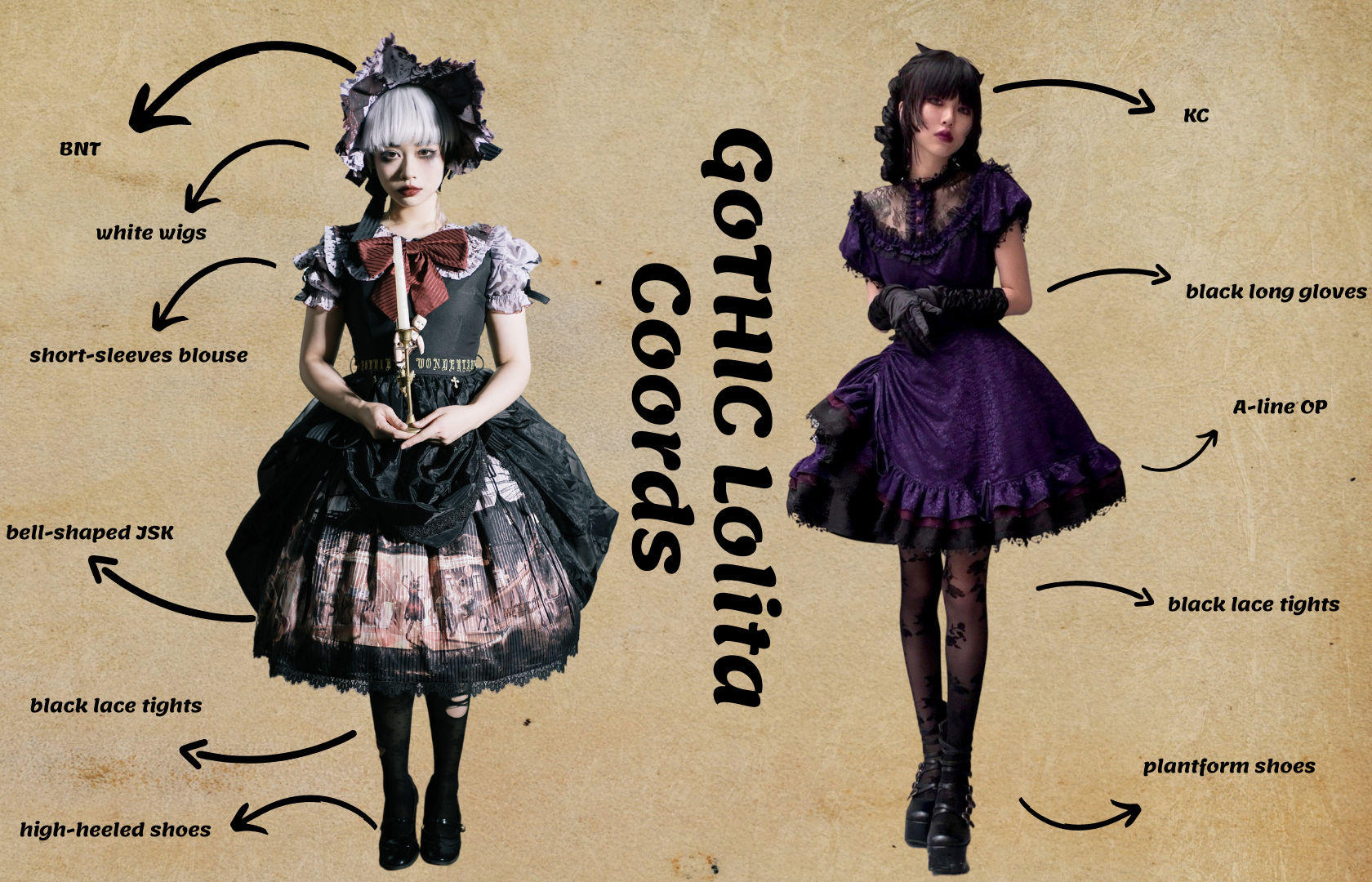
Gothic Lolita Coords
One famous Japanese singer Arika Takarano (宝野アリカ), who once called herself the Queen of Gothic Lolita, gave her description of Gothic Lolita outfits:
“Black lace, ruffles, ribbons, gorgeous dresses, inflated skirts, lace-up boots, and platform shoes. The hair of a Gothic Lolita is commonly long, ideally curly, with ribbons and headdresses. The suit can be not only black but also plain white or Gobelin-style floral patterns. For boys, black is the dominant color, such as prince suits and punk leather.”
History
Part One: The History of Gothic Art
To better elaborate on the history of Gothic Lolita, I prefer to talk about “Gothic art” first.
Gothic art is a style of medieval art. It emerged in northern France in the 12th century after Romanesque art and gradually spread throughout Europe in the 14th century. Then it became International Gothic and flourished until the late 15th century. Gothic art declined in the fifteenth century with the rise of the Renaissance.
In fact, the word "Gothic" began as a derogatory term. During the Renaissance, art historians in the 16th century called Gothic art "barbarous German-style" because of the differences in aesthetic values and other factors.
They use "Germans" for comparison because earlier in history there was a tribe of Germanic descent called the Goth, which was famous for being one of the first barbarian forces to invade the Roman Empire. At that time, with the intention to revive ancient Roman art, Renaissance artists thought Gothic art-damaged the diversity of Romanesque architectural features and even replaced the position of Romanesque architecture in Europe. So the barbarian's "goth" was named on this kind of artistic style, to show their discontent.
Gothic art is a collection of many kinds of art, and its characteristics can be summarized as an exclusive art of dignitaries and religion. It really connects religion with art and shows the growing power of the Roman Church. Also because “Gott”, the etymology of the word “Gotik”, means "God" in German, Gothic is considered to be an art of getting people close to God.
Among Gothic Art, the most famous and original art form is Gothic architecture. Furthermore, the Gothic church, especially the Gothic Cathedral, is the most distinguished representative. Its overall style is tall and thin, showing strong emotions of mystery, pathos, and sublimity with excellent architectural skills. Gothic architecture is completely original and new, and the difference between it and Roman architecture is far greater than the difference between Roman and Ancient Greek architecture, which may also attribute to the importance of original design in Lolita Fashion.
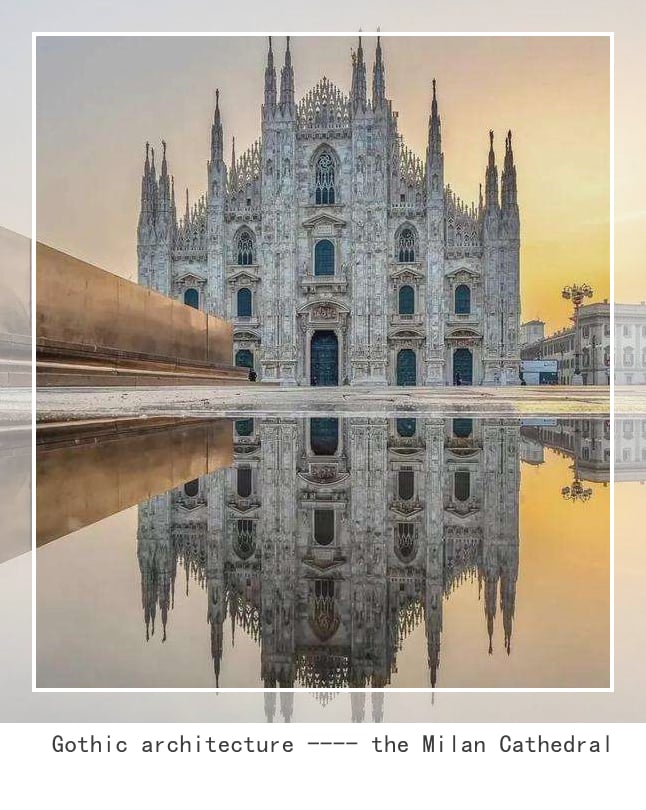
Then, it is Gothic fiction, sometimes called Gothic horror, which is a genre of literature and film that covers horror, death, and at times, romance. It derived from the romantic movement in the United States and European countries between the 18th and 19th centuries. This genre borrowed elements common to medieval Gothic art, such as cathedrals, castles, and cemeteries, to describe dark, frightening stories.
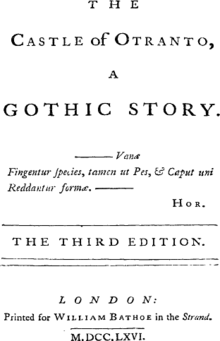
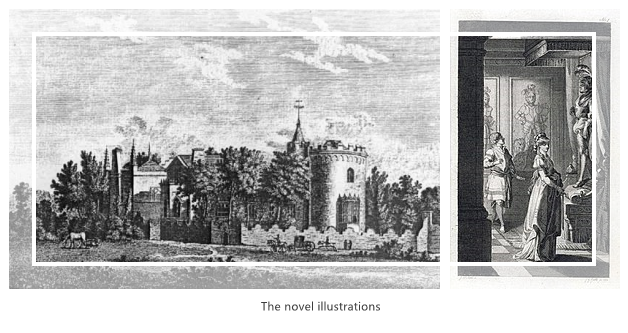
The Castle of Otranto written by Horace Walpole is generally regarded as the first gothic novel.

Gothic-styled movie
Nowadays, Gothic art still makes great differences between modern art and fashion.
Part Two: The Origin of Gothic Lolita
Just as its name implies, Gothic Lolita was influenced by Western culture. Though it was originally modeled after traditional European clothing, Gothic Lolita was regarded as one unique Japanese culture.
The origin of Gothic Lolita or Gothic & Lolita(ゴスロリ) was explained by 鈴木真理子, the chief editor of the Gothic Lolita magazine 《KERA Maniacs》. She once said: “This word was not intentionally made by us editor. Instead, it was the street girl that made the word.”
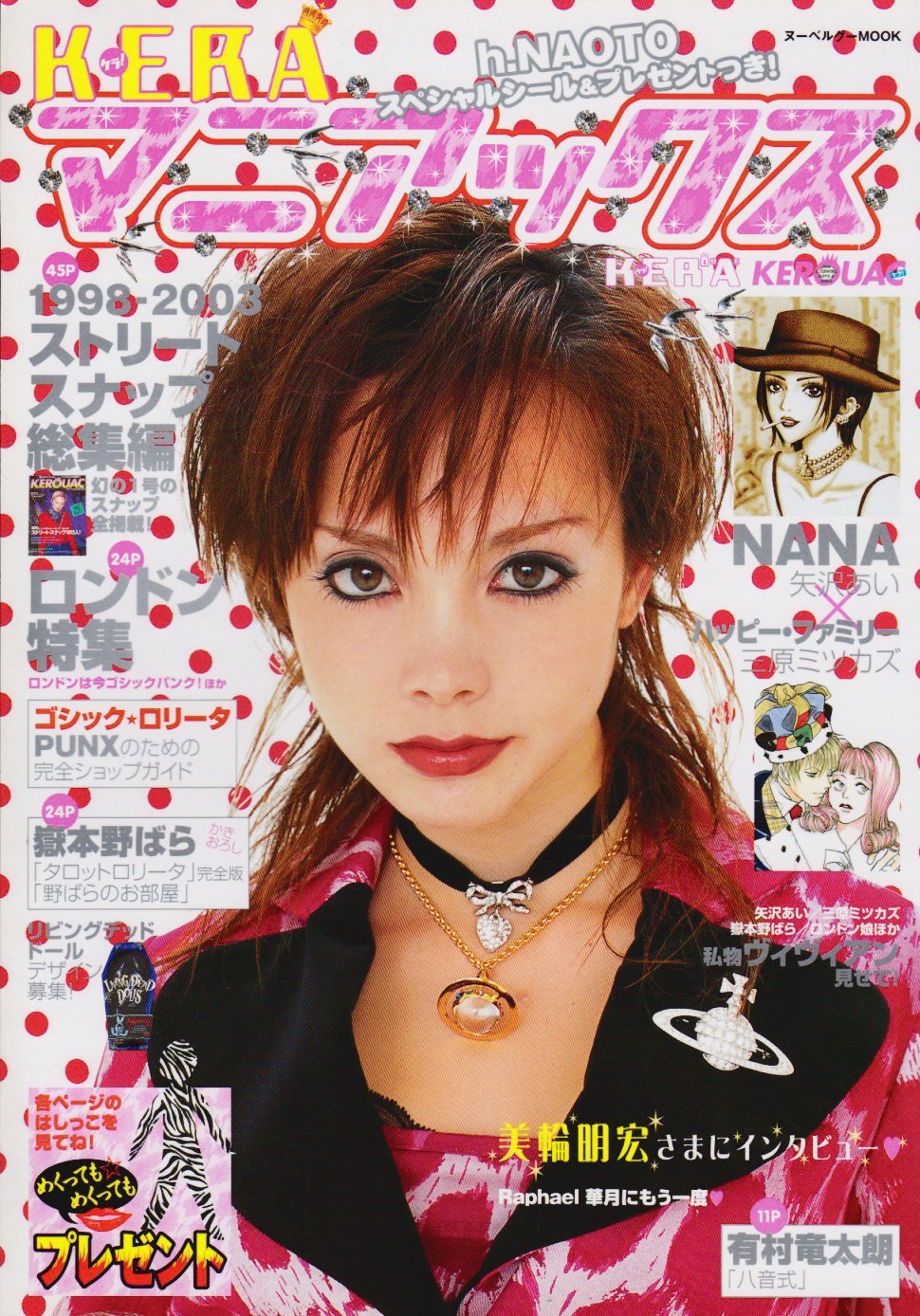
It was in the January of 1988 in Harajuku, Japan that Gothic Lolita came into being. However, it attracted extensive attention because of a piece of social news on juvenile delinquency in 2003, which was called Family Murders in Nagano, Hanoi.
Development
Part one: The Combination of Lolita Fashion and Gothic Fashion
Gothic Lolita has been pointed out to be related to Victorian-inspired Goth styles. But as a street fashion, its origin was Nagomu Gal and Trans Gal. In the beginning, Gothic fashion and Lolita fashion were two different fashion styles. It was the fans of various Japanese rock bands that combined those two fashion styles. As time went on, the combination of Gothic style and Lolita style became much more mature.
Nagomu Gal and Trans Gal (トランスギャルとナゴムギャル)
In the 1980s, there were two groups ---- trance gals and nagomu gals.
Trance Gals were fans of Trands Records、YBO2、ZOA and some other Japanese rock bands, who always wore light make-up and black clothes with skull accessories.

YBO2 - Dogla Magla II (1985)
You can enjoy the music at http:// https://www.youtube.com/watch?v=-ZXdPntoVOY)
While, Nagomu Gals were supporters of Nagomu Records、Tama、Life、Kinniku Shojo Tai, and some other rock bands, who preferred to wear striped knee-high socks, ribbons, gorgeous T-shirts to make themselves look younger. When the bands performed on a TV Show, many fans at the scene wore clothes featuring both Goth and Lolita styles.
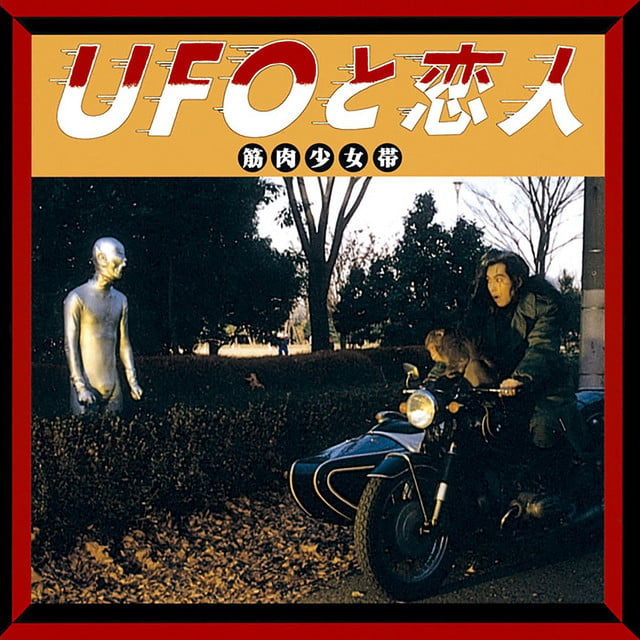
暴いておやりよドルバッキー, a song by Kinniku Shōjo Tai, a.k.a. King-Show in 1993
(You can enjoy their music in https://www.youtube.com/watch?v=yvshaNJ_6-g)
VISIBLE and ATELIER - PIERROT
In the 1990s, the young in the east of Japan wore Gothic-styled clothes, while some in the west of Japan wore Lolita-styled clothes. At that time, one Osaka brand of ATELIER-PIERROT --- VISIBLE, was founded. It mainly produced black items.
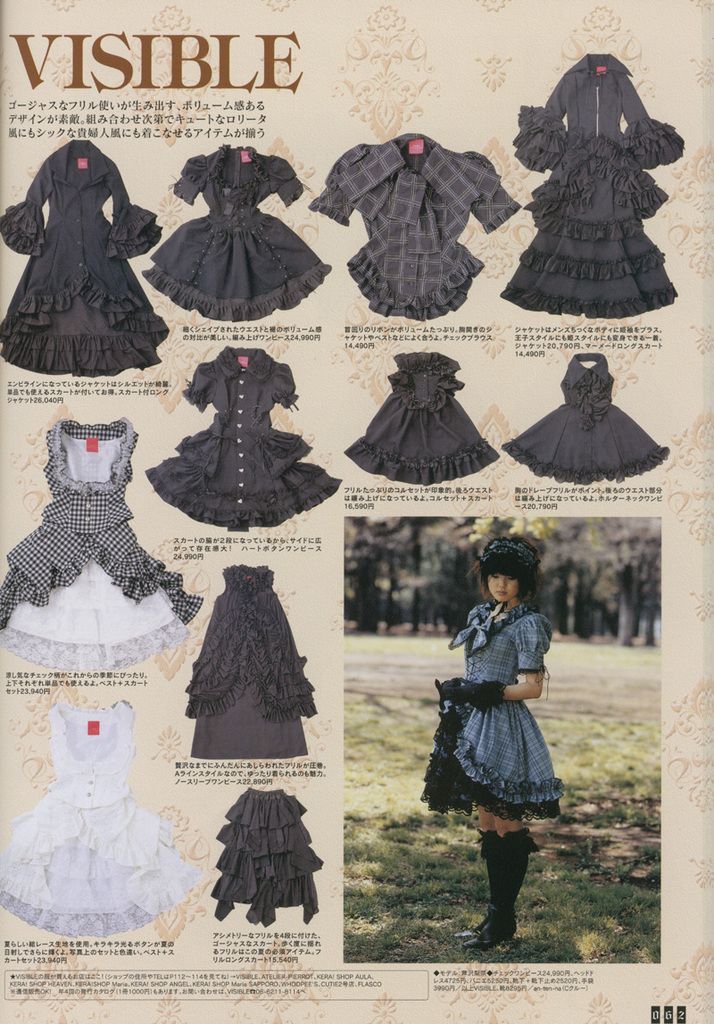
Mana, the Guitarist of MALICE MIZER
Malice Mizer was a visual rock band in Japan. Compared with those of some visual rock bands before, the makeup and costumes of its members were much darker.
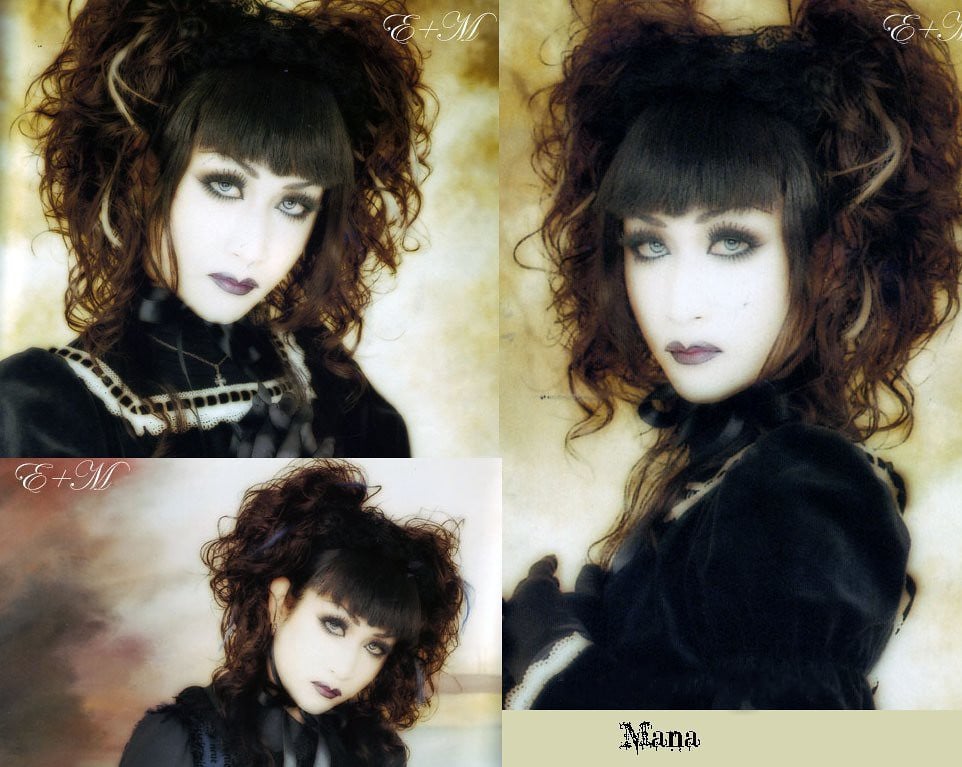
Its guitarist, Mana, was the first one to definite Gothic Lolita. There was a saying that it was the followers of Mana who created the word “Gothic Lolita” because Mana used to describe his fashion style as elegant, Gothic, and Lolita”.
Mana said: "Around 1997 when I came up with the concept of the brand, there was Lolita brand in the world. But I didn't know of any brand dealing in dark and cute things. I was very fond of Gothic things, so I wanted to combine the loveliness of Lolita with that to create Gothic and Lolita."
Part Two: The Development of Gothic Lolita
From Gothic Lolita Bible, a Japanese magazine that deeply influenced the development of Lolita Fashion, readers can be better aware of the change in Gothic Lolita outfits.
In 2001 and 2002, Lolita dresses were mainly solid colors, and so were Gothic Lolita Dresses. And the hair accessories are simply hats and hair ribbons. Also, platform shoes are a must, with a pair of UTKs or OTKs. When came to 2004, the three mainstream Lolita substyles formed ---- Classic Lolita、Sweet Lolita, and Gothic Lolita. With the development of Lolita fashion, the variety of its silhouette、motifs, and materials also grew. Then, it gradually developed into what it is today.
In a word, as the number of followers of Gothic Lolita is greatly increasing, Gothic Lolita is still developing and will be better tomorrow.












